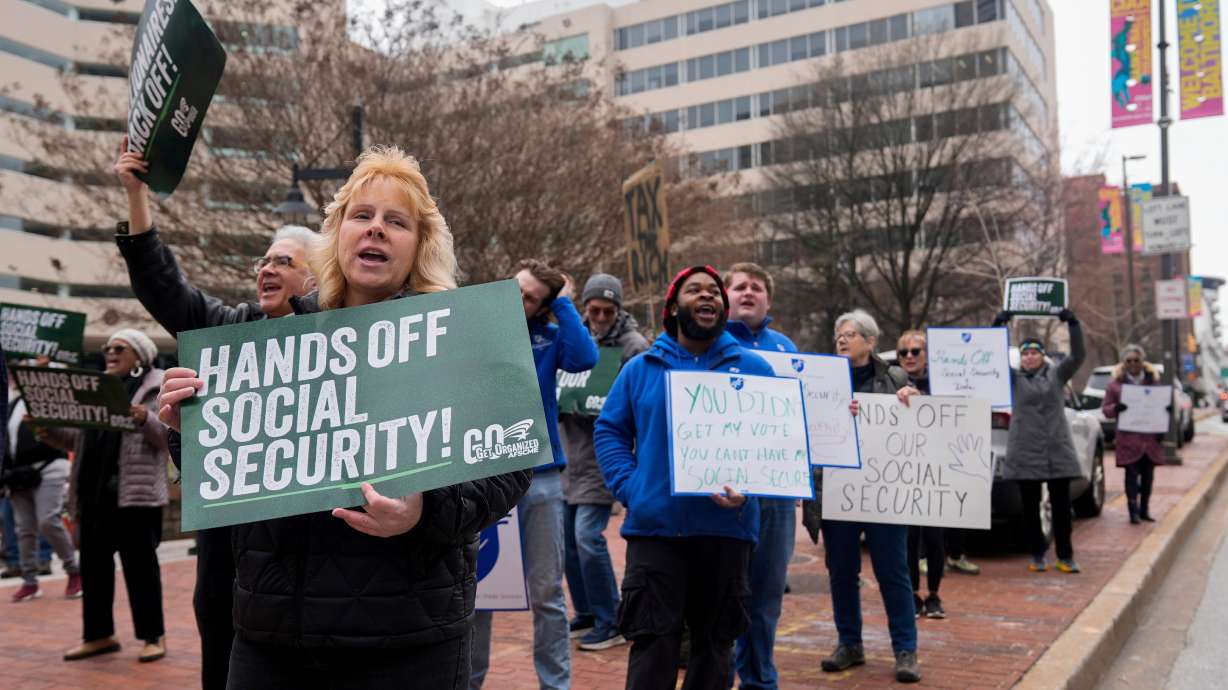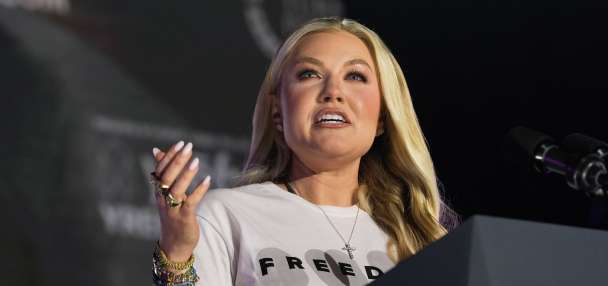Estimated read time: 5-6 minutes
- Sen. John Curtis plans Social Security reforms to ensure long-term sustainability.
- Curtis' proposal won't affect current recipients, but aims to prevent 21% cuts by 2033.
- Republicans suggest cuts, while Democrats suggest higher taxes.
SALT LAKE CITY — Utah Sen. John Curtis drew national attention Sunday with his promise to introduce changes to make Social Security more sustainable.
The proposal, which Curtis said will be unveiled "in a couple of months," would not impact current Social Security recipients, according to Curtis' office. It would attempt to "fix" the system by making changes that keep it solvent for younger generations.
Curtis told NBC's "Meet the Press" that lawmakers are "not being honest" when they vow to never touch Social Security, which is set to face automatic reductions of 21% by 2033 when its trust fund falls short of expected expenditures.
"The sooner we do it, the less dramatic it has to be. If we don't do it, we have worse decisions thrust upon us," Curtis said.
News outlets Salon and the Daily Beast both tried to frame Curtis' comments as an example of Republicans' mixed messaging on Social Security, with President Donald Trump committing to preserve the program while his top adviser, Elon Musk, has called it "the biggest Ponzi scheme of all time." But Curtis was speaking about Congress as a whole, and its inability to address the issue.
As Curtis attempts to turn discussions toward long-term reforms to the retirement benefit program used by over 60 million Americans, Republicans have come under fire for new cuts to the Social Security Agency under Musk's Department of Government Efficiency.
What has DOGE done to Social Security?
DOGE, a White House advisory body with no direct policymaking authority, has announced plans to limit telephone customer service for those trying to change their bank account information in an attempt to cut down on $100 million a year in direct deposit fraud.
A March 13 memo from the Social Security Administration predicted the changes would prevent some people from accessing benefits and the acting Social Security Administration commissioner said they are expected to make changes in the next two weeks that they would normally phase in over two years, according to Axios.
Musk, who has said Social Security is rife with fraud, has also proposed cutting the Social Security Administration workforce by 12% — which it has already begun doing with the announcement of 7,000 layoffs. Other efforts to let DOGE access agency records have been temporarily halted by courts.
On Tuesday, Trump's nominee to head the Social Security Administration, finance CEO Frank Bisignano, was grilled by Democratic senators about his identity as a self-described "DOGE person." Bisignano focused his comments on his goal to use artificial intelligence to decrease waste and denied having any intention of privatizing the program.
How much does Social Security cost?
Social Security is the single most expensive government program, costing taxpayers more than Medicaid, Medicare or defense spending every year. Taxpayers contribute to the program through payroll taxes, but its cost outstrips contributions.
The program offers "Old-Age and Survivors Insurance" to over 54 million retired workers and over 6 million survivors. It also provides disability insurance to over 8 million disabled workers and their dependents.
In 2024, Social Security cost the country $1.5 trillion, making up 21% of the federal budget. The program is currently one of the central drivers of the nation's $36.2 trillion in debt, even before you consider its future obligations.
Economic experts predict that by around 2025, most of the "baby boom" generation will have entered retirement age, causing Social Security to quickly outpace tax revenue and draw down on its trust fund balance until it dries up in the early 2030s.
The Congressional Budget Office estimates that Social Security spending will increase from 5% of the nation's gross domestic product in 2024 to 7% by 2098.
What cuts could be made?
Republicans and Democrats tend to agree that Social Security must be reformed. However, Republicans tend to focus on narrowing the benefits and the Democrats on raising taxes.
Curtis told the Deseret News in November that he has promised legislative leadership that he will be the "tip of the spear on Social Security (reform)" in Congress. He floated the idea of raising the eligibility age and raising the income limit for Social Security payroll taxes — two suggestions that have been proposed before by lawmakers on both sides of the aisle to no avail.
When Social Security was first implemented in 1935, the average life expectancy for Americans was around 60, while the retirement age was 65. Nearly 100 years later, the average life expectancy is approaching 80, but the retirement age for full Social Security benefits is 67.
The bipartisan Bowles-Simpson commission, which was formed by President Barack Obama, proposed raising both the early and full retirement ages, with the full retirement age increasing from 67 to 69 by 2075.
Other proposals, including some by President George W. Bush, would have prohibited lawmakers from repurposing money intended for Social Security and would have allowed young workers to invest part of their payroll taxes into a personal account.
Can we tax our way to solvency?
Some Democratic lawmakers have said the solution to Social Security insolvency is simply to increase taxes on the richest Americans.
Social Security is funded in a "pay-as-you-go" system, with workers contributing 12.4% of their wage income, split between employer and employee, as a payroll tax. This percentage only applies to an individual's first $170,000 in income.
Sen. Bernie Sanders of Vermont has proposed removing this cap on taxable income for all earners with annual incomes above $250,000. Removing the cap completely would raise an additional $250 billion to $400 billion in revenues each year over the next decade, for a total of $3.2 trillion, according to the Peter G. Peterson Foundation.
Other proposals include increasing the payroll tax rate, similar to what was done during the last bout of Social Security reform 40 years ago, or expanding the tax to include investment income.
But these reforms will not address the fundamental demographic problem that underlies Social Security insolvency: In 1950, there were 16 workers for every Social Security beneficiary. By 2025, that ratio is expected to be just over two workers paying into the system for each recipient.
"No one is going to touch Social Security benefits for those in or near retirement," Curtis said in a statement after his "Meet the Press" interview. "But younger Americans deserve an honest conversation."
"Many don't believe they'll receive anything because the program is heading toward insolvency," he said. "The sooner we save Social Security for our children and grandchildren, the less dramatic the changes will need to be."









